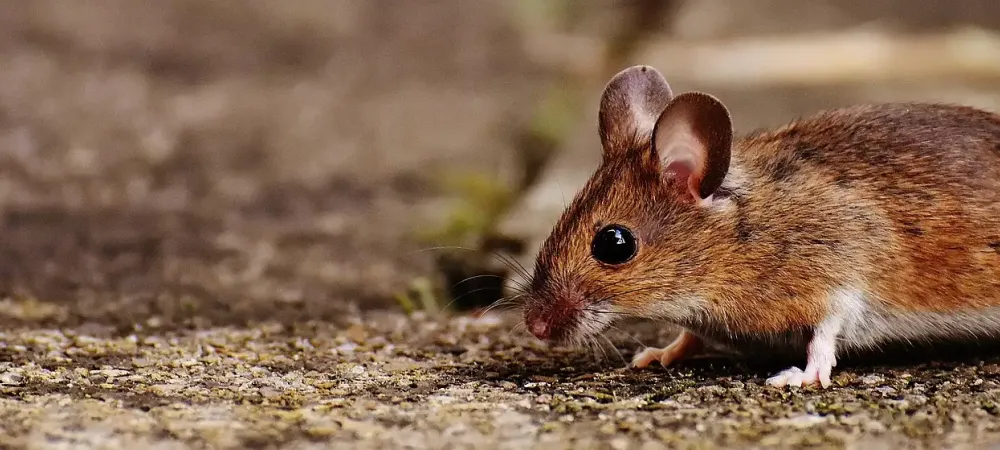Types of Rodents in the Midwest

From the wide-open plains to the lush woodlands, the Midwest is home to a diverse array of rodents. These small- to medium-sized mammals are known for their adaptability and ability to thrive in various habitats, including urban, suburban, and rural areas. Here's an overview of some common rodents you may encounter in the Midwest:
Deer Mouse
A small rodent commonly found in both rural and suburban areas across the Midwest.
- Appearance: Brown back, white belly, large black eyes
- Habitat: Barns, garages, sheds, cabins, and wooded areas
- Risk: Known carrier of hantavirus, spread through droppings and urine
- Behavior: Often invades homes during fall and winter for shelter
White-Footed Mouse
Closely related to the deer mouse, this species is also widespread throughout the Midwest.
- Appearance: Reddish-brown fur, white feet and belly
- Habitat: Wooded areas, brush piles, attics
- Risk: Hosts ticks that may carry Lyme disease
- Behavior: Agile climbers, often nest in wall voids or stored materials
House Mouse
One of the most common indoor pests in cities and suburbs across the Midwest.
- Appearance: Gray or light brown, long tail, small body
- Habitat: Homes, basements, pantries, wall voids
- Risk: Contaminates food, chews wires, spreads bacteria
- Behavior: Breeds rapidly and often leaves greasy rub marks along walls
Meadow Vole
These rodents are often mistaken for mice but are stockier with shorter tails.
- Appearance: Dark brown fur, compact body
- Habitat: Lawns, meadows, and gardens
- Risk: Tunnel systems can damage grass and root systems
- Behavior: Active year-round and often visible in snow tunnels during winter
Prairie Vole
Common in open fields and prairies across states like Nebraska, Iowa, and Illinois.
- Appearance: Similar to meadow voles but lighter in color
- Habitat: Grasslands, pastures, and farmlands
- Risk: Burrowing can harm crops and cause soil erosion
- Behavior: Lives in social colonies and breeds quickly
Woodland Vole
A secretive vole species that prefers forested environments.
- Appearance: Chestnut brown, short tail, small eyes
- Habitat: Orchards, mulch beds, and wooded gardens
- Risk: Feeds on roots and bulbs, damaging plants
- Behavior: Stays underground and creates shallow runways
Muskrat
A semi-aquatic rodent that often causes problems around water bodies.
- Appearance: Medium-sized, brown fur, flattened tail
- Habitat: Rivers, ponds, wetlands, and drainage ditches
- Risk: Burrows weaken levees, banks, and dams
- Behavior: Builds dome-shaped lodges out of vegetation
American Beaver
The largest rodent in the Midwest, known for altering landscapes.
- Appearance: Large, brown, webbed feet, flat tail
- Habitat: Rivers, streams, lakes, and marshes
- Risk: Fells trees and builds dams, which can flood areas
- Behavior: Creates lodges and dams that impact water flow
Let the Experts Help
If you find yourself dealing with any of these Midwest rodents on your property, the team at Midwest Pest Control can help! Our technicians are expertly trained in how to help you prevent rodents from entering your home. If DIY solutions aren't solving your problems, our team can step in to help protect your family and home with our expert rodent control services! Call us today at 402-524-5200 to get started.
